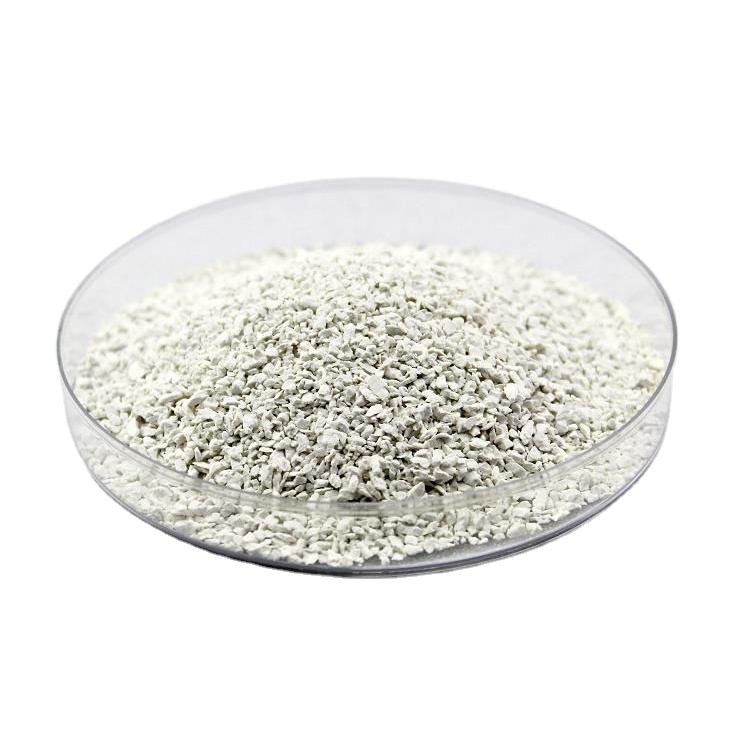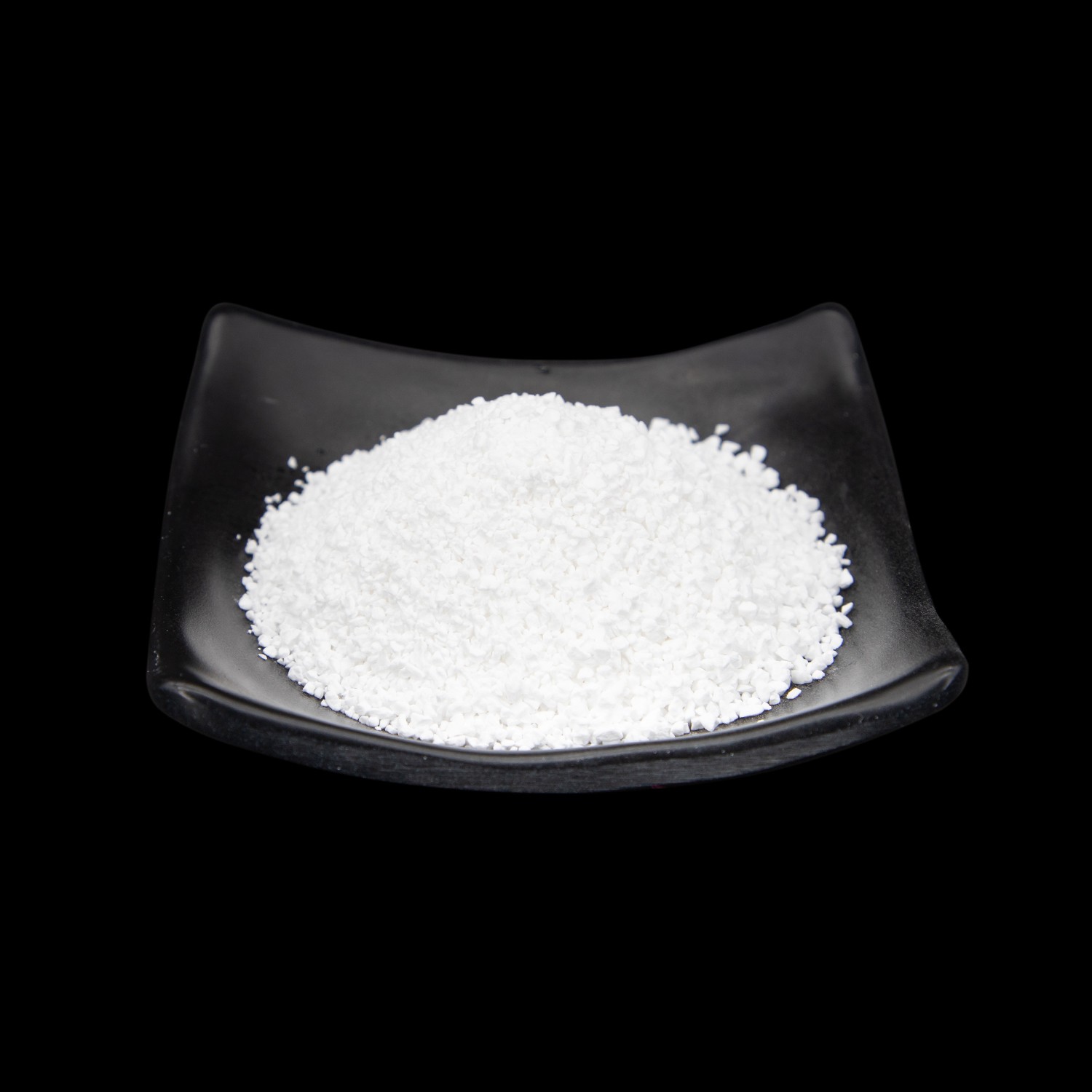In-depth analysis of TCCA and SDIC: feature comparison and selection guide

Trichloroisocyanuric acid (TCCA) and sodium dichloroisocyanurate (SDIC) are two highly effective disinfectants, each playing an important role in multiple fields. TCCA is widely used in water treatment, medical treatment, food processing and other fields due to its efficient bactericidal and bleaching functions. In contrast, SDIC shows its unique advantages in industrial deodorization, detergents and certain specific chemical treatment processes. Although both are chloroisocyanuric acid products, there are obvious differences in application scenarios and performance.
TCCA is an extremely strong oxidant and chlorinating agent, known for its high stability and excellent bactericidal ability. It can not only quickly kill bacteria and viruses in water treatment, but also effectively prevent algae growth. In addition, TCCA is also very important in the disinfection application of the medical field, and is often used for sterilization of hospital equipment. Because it can release effective chlorine in water for a long time and continuously provide disinfection effects, it is particularly favored in swimming pools and drinking water treatment. However, the storage and use of TCCA requires strict control of environmental conditions to avoid its decomposition and the production of harmful gases.
On the other hand, although SDIC is slightly inferior to TCCA in disinfection capabilities, its versatility in industrial applications makes it a popular choice. As an effective industrial deodorant and detergent, SDIC is widely used in the textile and paper industries for bleaching and stain removal. The chemical stability of SDIC allows it to be used over a wide pH range without significantly affecting its effectiveness, which is an advantage that cannot be underestimated in industrial processing. SDIC is also used as a catalyst for certain specific chemical reactions, such as promoting N-alkylation reactions in organic synthesis.
From the perspective of environmental safety and health impact, TCCA requires more safety precautions when used. Due to its strong oxidizing properties, TCCA may produce irritating or toxic gases, such as nitrogen trichloride, under certain conditions. Therefore, when using TCCA for water treatment or disinfection, it is necessary to strictly follow the safety operating procedures, ensure good ventilation of the site, and use appropriate personal protective equipment. While SDIC is relatively safer during use, basic chemical handling knowledge and precautions are still required to ensure safety.
TCCA and SDIC each have their own unique advantages and application areas. The selection of a suitable disinfectant requires not only consideration of its bactericidal and disinfection efficacy, but also a comprehensive consideration of the use environment, safety requirements, and cost-effectiveness. With the advancement of technology and the enhancement of awareness of health and environmental protection, the application of these two compounds may be further optimized and expanded.

